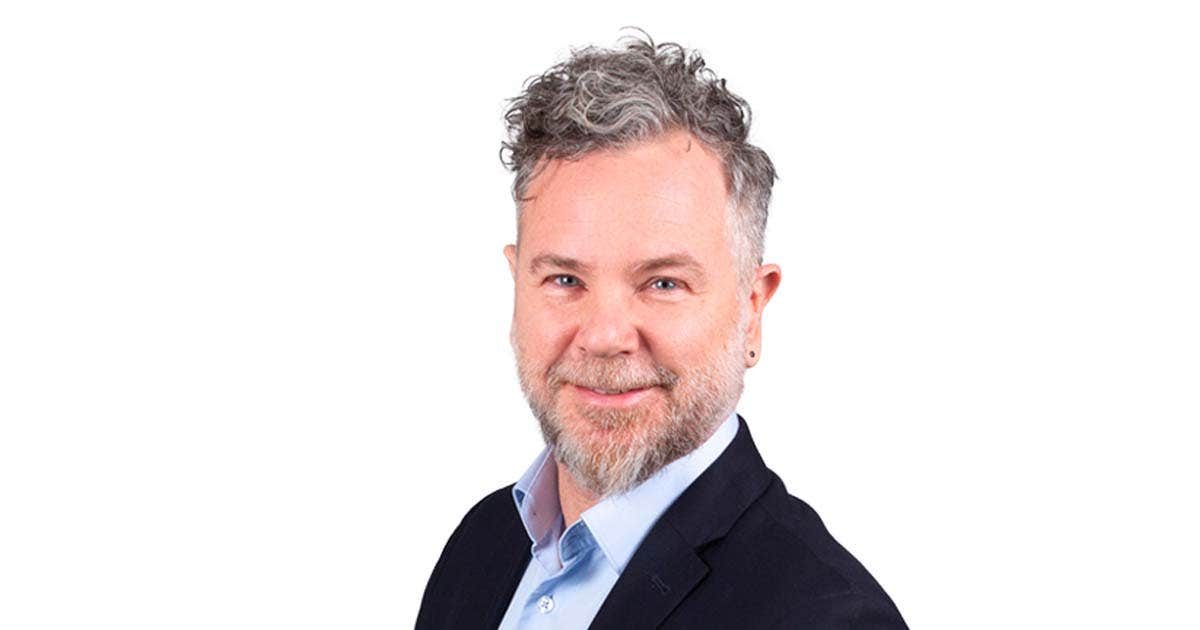A few years ago, the concept of a smart city was on everyone’s lips. The idea of using new technologies to improve services to citizens was exciting. We must admit that the great promises of a technological revolution in cities have not materialized. The reason is simple: this fundamental approach focused first on technological solutions rather than on the real needs of people.
The pandemic and climate change have led us to rethink some of our approaches to urban development. In the process, the foundations of the smart city have evolved. Today we are focusing more on collective intelligence serving the needs of humans and living beings. Technologies thus become tools that we use to help solve problems that harm people’s quality of life rather than the other way around.
These events also awakened our collective consciousness to the importance of preserving the health of people, nature and all living beings, which led to the emergence of the concept of global health. This concept, by emphasizing the balance and interdependence between all components of the ecosystem, offers a new perspective for the adaptation and harmonization of our cities.
This renewed vision invites unprecedented collaborations between various public and private actors — governments, municipalities, higher education institutions, hospitals, technology companies — who join forces to build territories where overall health prevails. It is a silent revolution that has the potential to heal our cities from the environmental and social ills that afflict them.
This concept of global health in urban planning transcends borders. Several large metropolises are following suit, drawing inspiration from this model where humans, animals and plants coexist in harmony to form an interdependent and united whole. This is how we can consider redefining public spaces, innovate in terms of mobility and more effectively justify the integration of green technologies with the aim of minimizing our ecological footprint and promoting the health and well-being of all.
Recently, I was in the French metropolis of Nantes, where this idea has been germinating for years and allows us to consider a new approach to developing the city. It is the same idea that also guides decision-makers in cities like Angers and Rennes. In Quebec, this holistic approach is beginning to take root under the name sustainable health, a terminological variation of global health that is based on the same fundamental principles.
This collective approach, focused on global health, is the catalyst for innovative urban projects where architecture and town planning come together with medicine, ecology and education to create resilient, inclusive and harmonious spaces. We can very well imagine the hope of seeing with this approach urban parks and green spaces proliferate, transforming concrete into a green lung, gray into a symphony of colors and life. By reducing the vectors of urban stress, we act directly on the health of living things. Isn’t that the idea behind the redevelopment of Mount Royal Park and other projects of the same ilk?
These revitalized spaces also have the potential to be sanctuaries for biodiversity, havens of peace for the human soul. They symbolize the reconciliation between urbanity and nature and, thus, concretely translate the capacity of territories to serve as places of healing and well-being. This way of conceiving the development of living environments can undoubtedly allow people to rediscover the pleasure of cohabiting with fauna and flora.
But it is not only a question of designing green spaces, it is also a question of erecting urban infrastructure and buildings that respect the environment and the health of citizens. Building standards are evolving to adopt eco-responsible principles and incorporate green technologies that minimize pollution and maximize energy efficiency. This is something to inspire those who have the challenge of meeting housing needs, for example. Better integrating biodiversity into real estate projects will help achieve the goal of overall health.
At the heart of this change lies an undeniable reality: the health of the Earth and that of its inhabitants are interconnected. The lessons learned from recent crises can and must strengthen our determination to build a future where global health is the cornerstone of our cities. Uniting skills and knowledge from multiple fields lights the way towards resilient, equitable and harmonious cities, where every living being can flourish. Ultimately, isn’t that what a smart city is?
The question remains: are we ready to embrace such changes and reinvent ourselves for the good of our planet and its inhabitants? Beyond the sometimes excessive polarization around certain urban transformations to respond positively to the climate crisis, this idea of global health can be a formidable vector of social acceptability in the face of disturbing changes.
CEO of the Institute of Resilience and Urban Innovation, professor and associate researcher, François William Croteau was mayor of Rosemont–La Petite-Patrie.
